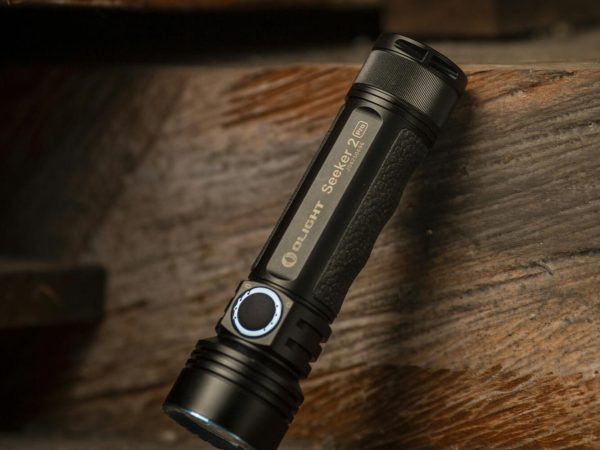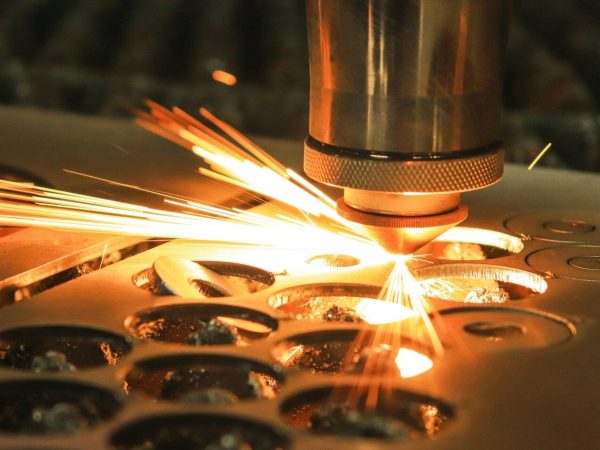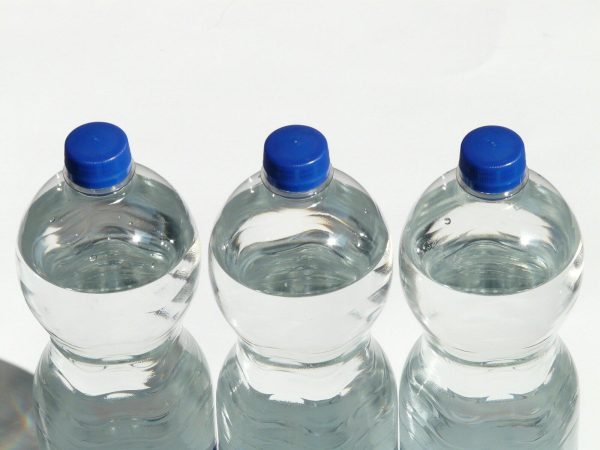Imagine a superhero shield for your everyday objects, making them indestructible! That’s what physical vapor deposition coating does – it’s like a magic cape for materials, giving them superpowers such as incredible durability, resistance to wear, and even a flashy new look.
But how does this amazing process work, and why is it changing the way things are designed and made for industry? Stay tuned, because we’re about to reveal the secrets of PVD coating and show you why it’s not a step forward in technology but a step toward a greener future.
What is Physical Vapor Deposition (PVD) Coating?
At its core, PVD coating is a process used to deposit thin film coatings on various substrates, ranging from metals to glasses and plastics. This technique involves the vaporization of a solid metal to a plasma of atoms or molecules, which is then deposited on target materials. The result? A thin but tough coating that enhances the substrate’s properties.
Benefits of PVD Coating in Industrial Applications
Products with PVD coating last longer and work better, so they don’t need to be fixed or replaced as often. It also makes things look better by giving them a lot of color options that work for both function and style.
Enhanced Durability and Wear Resistance
One great thing about PVD coating is that it can make industrial parts last longer and be less likely to break. For this reason, tools and parts are made to last through rough conditions. They will last longer and cost less to replace because of this.
Improved Corrosion Protection
In the business world, corrosion is bad for many things because it breaks them down and costs a lot of money. As a barrier, PVD coatings keep the underlying material from corrosive environments as much as possible. This is why they are so good at stopping corrosion.
Increased Component Performance
Parts that have PVD coatings can work better, last longer, and not rust. It’s very helpful when small changes in operational capability or efficiency can give big advantages in the market.
Common Industrial Uses of PVD Coating
Precision and long-lasting coatings are needed in many fields, such as the aerospace, automotive, and medical device industries. Furthermore, it is used to make tools and hardware, which makes them stronger and lasts longer.
Cutting Tools and Drills
The tough conditions under which cutting tools and drills operate make them ideal candidates for PVD coatings. This ensures they maintain their edge and functionality longer than their untreated counterparts.
Medical Devices
The medical sector benefits from PVD coatings through enhanced material durability and biocompatibility. This ensures devices perform over time.
How PVD Coating Works
In layman’s terms, the PVD process can be likened to condensation. As water vapor condenses on a cold surface, the vaporized material is deposited on the target substrate in a vacuum chamber, bonding at a molecular level. This method offers a stark contrast to conventional coatings that might not bond as well.
The Unparalleled Impact of Physical Vapor Deposition Coating on Tomorrow’s Industries
To sum up, physical vapor deposition coating is a huge step forward in material science; it offers unmatched strength, durability, and efficiency in a wide range of industries. PVD coating makes everyday items last longer by making them stronger and more useful.
It also shows the way to a future where new ideas and environmental protection work together. Physical vapor deposition coating is a good choice for many tasks. It starts a new era of cutting-edge materials and technologies that will change the whole world.
Keep browsing our website for more helpful articles!













